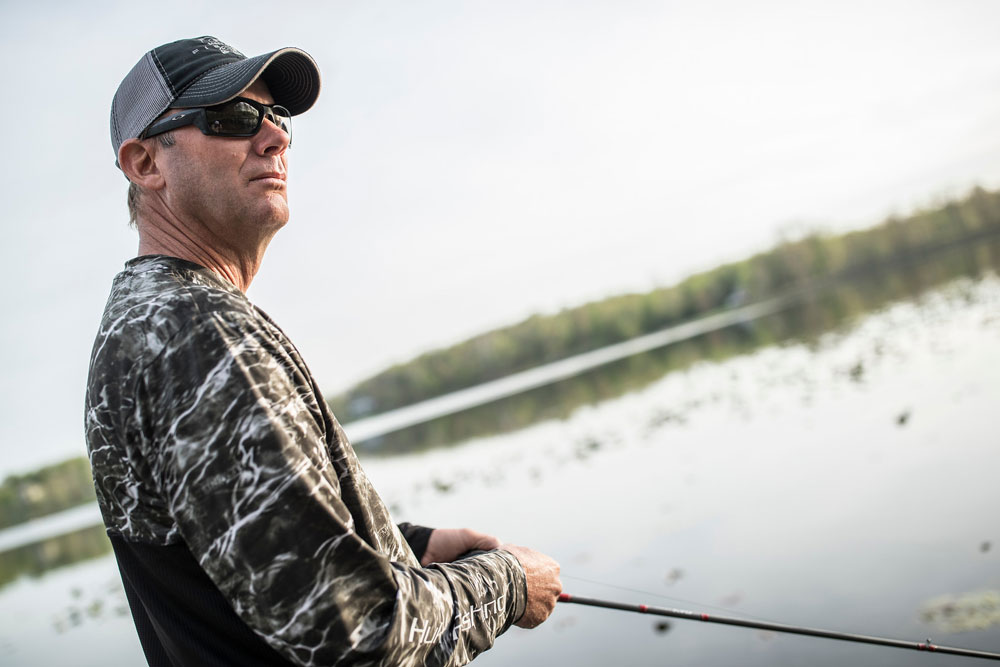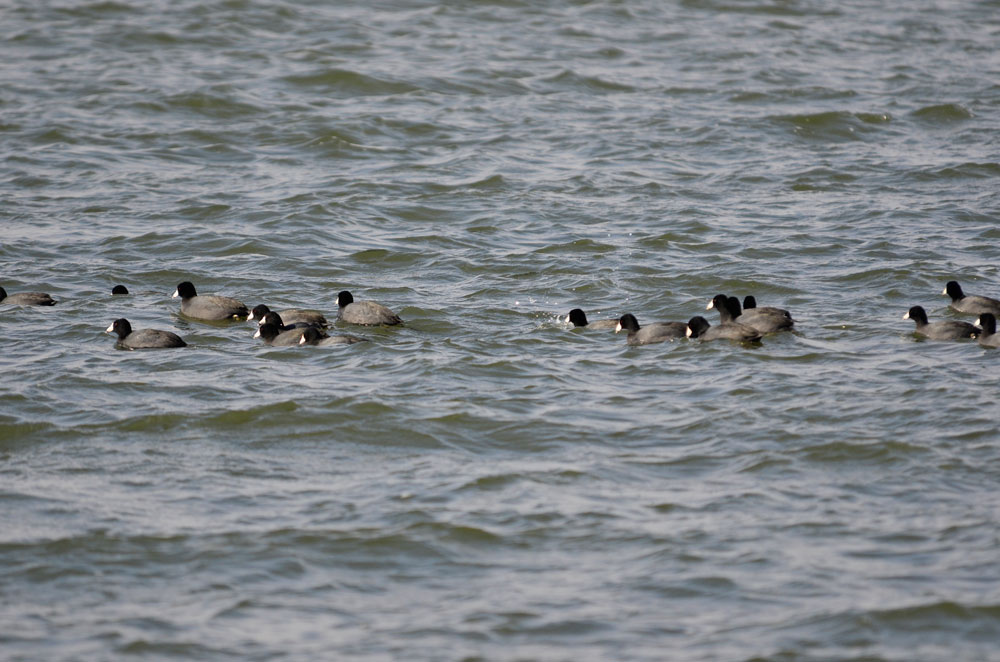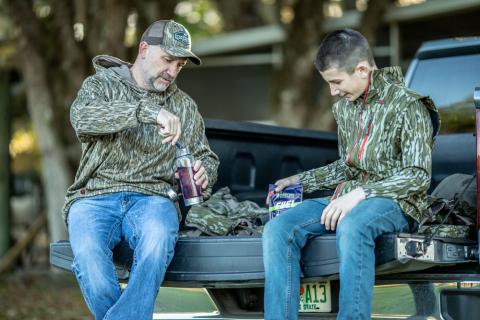provided by John E. Phillips
Mossy Oak wanted to know how Mossy Oak Fishing Pro Kevin VanDam of Kalamazoo, Michigan, finds and catches bass. Kevin VanDam is one of only two professional fishermen to win four Bassmaster Classics. He’s also won three Major League Fishing Cups and is one of the fastest anglers finding and catching bass in every tournament he attends. He’s a very detailed angler and a keen observer of everything around him when he’s on the water. Sights and signals that most bass fishermen completely overlook are some of the keys to VanDam’s success. To learn more about VanDam, visit his web page at http://kevinvandam.com/.

Mossy Oak: Kevin, what are some surrounding clues that have caused you to win or do well in a bass-fishing tournament.
VanDam: Often in tournaments, I’ll notice something that tips me off to where the bass are, and how I can catch them. For instance, if I notice on my depth finder that the baitfish are swimming high in the water, then that lets me know I probably should use a jerkbait and fish higher in the water than I’ve been fishing before - because the bass are searching for baitfish. Whatever depth of water that those baitfish are in is more than likely the depth of water I need to fish to catch bass. Or, perhaps I’ve gone back into a creek to fish and have seen a slight change in water color there. That lets me know that I’ll need to fish a different lure and give a different type of presentation than I’ve been using as I’ve fished up the creek.
Birds also have enabled me to win or place well in tournaments, regardless of whether I’m watching cormorants, coots or blue herons. I generally can find the presence of baitfish where those birds are concentrated. Coots are always indicative as to where the best grass in a lake is when I’m fishing a lake with a lot of vegetation. The coots love to be where the greenest grass lives. They are similar to cows in a pasture; although cows may have vast amounts of pasture to feed in, they’ll congregate wherever the best grass is. Coots follow that same type of pattern on a grass lake. Bass want to be around that same patch of grass that the coots are feeding on because it’s the cleanest, brightest, newest, fastest-growing grass, it gives off a lot of oxygen, and it draws an abundance of bait to that area. I’m always searching for a flock of coots feeding on grass to tell me where a good spot may be to catch bass.

Mossy Oak: How do you fish through a flock of coots?
VanDam: Most of the time coots don’t tolerate bass fishermen being anywhere near them. They’ll usually leave before I start trying to catch bass in new grass. I’ve fished in Florida with all types of vegetation in a lake and seen large numbers of coots ganged up and feeding on the newest and greenest hydrilla in the body of water I’m fishing. Many times, I believe, when coots are diving and feeding on grass and stirring up the bottom, all that commotion causes the bass to be attracted to that place.



























